The bearings arrived in yesterday's mail which was two days early. Thank you VXB! Headed to the shop first thing this morning and got them installed and preloaded. Ran some test cuts and the surface finish is much better. Not absolutely smooth but my mill isn't a Haas either. It's smooth enough and the arc faceting is the same as the straight run faceting which is at an acceptable level. Haven't done a pocket yet to check for roundness but will do so in the next couple of days. The motors are much quieter or more likely the bearings are quieter. Here's a few pictures of the surface finish and failed bearings.
If it wasn't for my recent VFD/belt drive conversion and electronics upgrade it might have been a bit easier to find the problem. What a journey!! Thank you Spumco, Jbolt and Homebrewed for helping me through this ordeal.
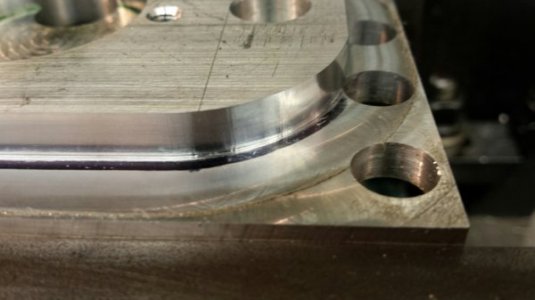
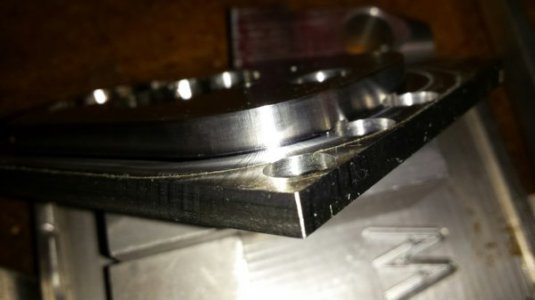
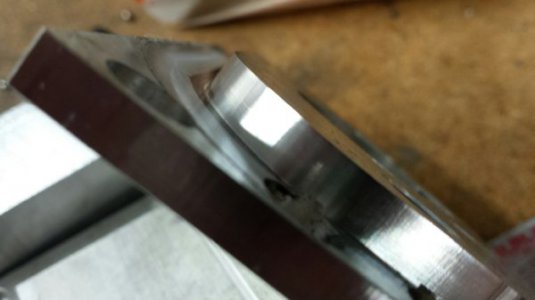
And some pictures of the bad AC bearings.
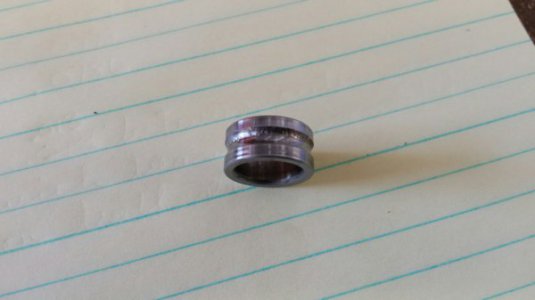
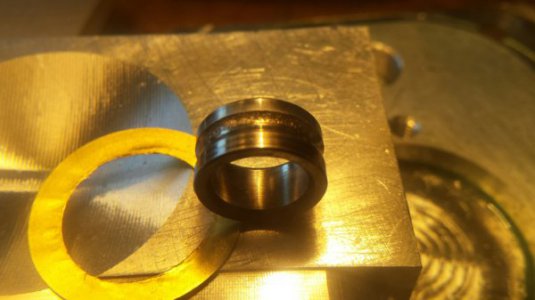
If it wasn't for my recent VFD/belt drive conversion and electronics upgrade it might have been a bit easier to find the problem. What a journey!! Thank you Spumco, Jbolt and Homebrewed for helping me through this ordeal.



And some pictures of the bad AC bearings.


